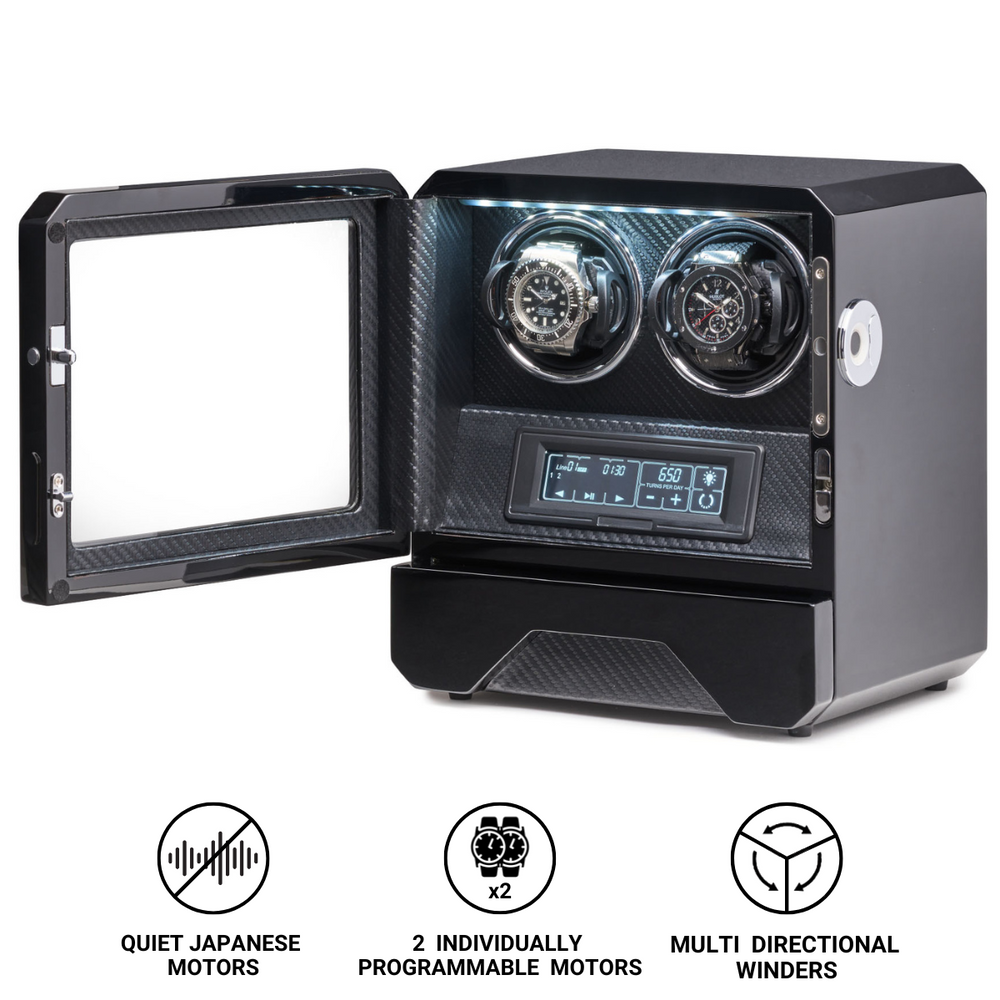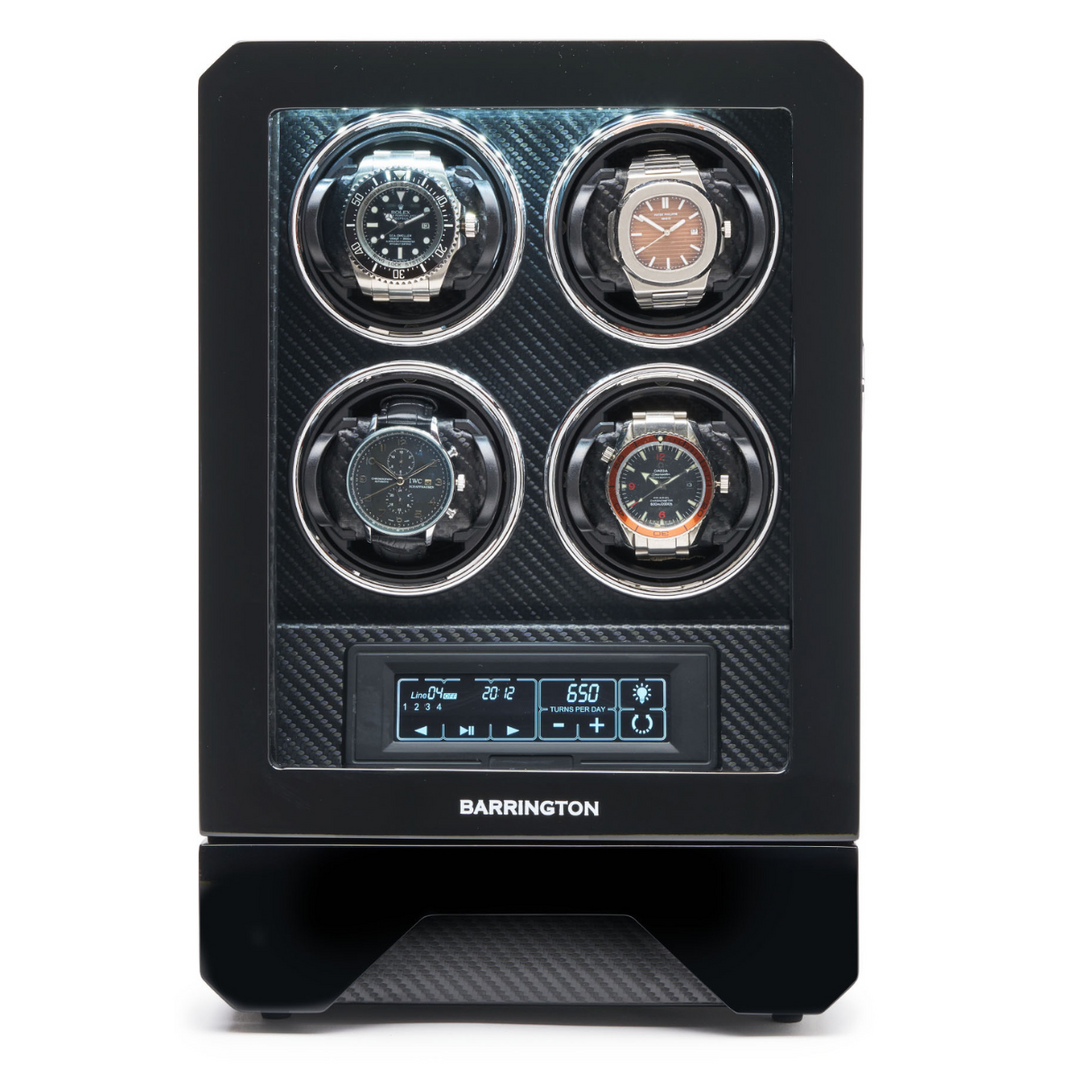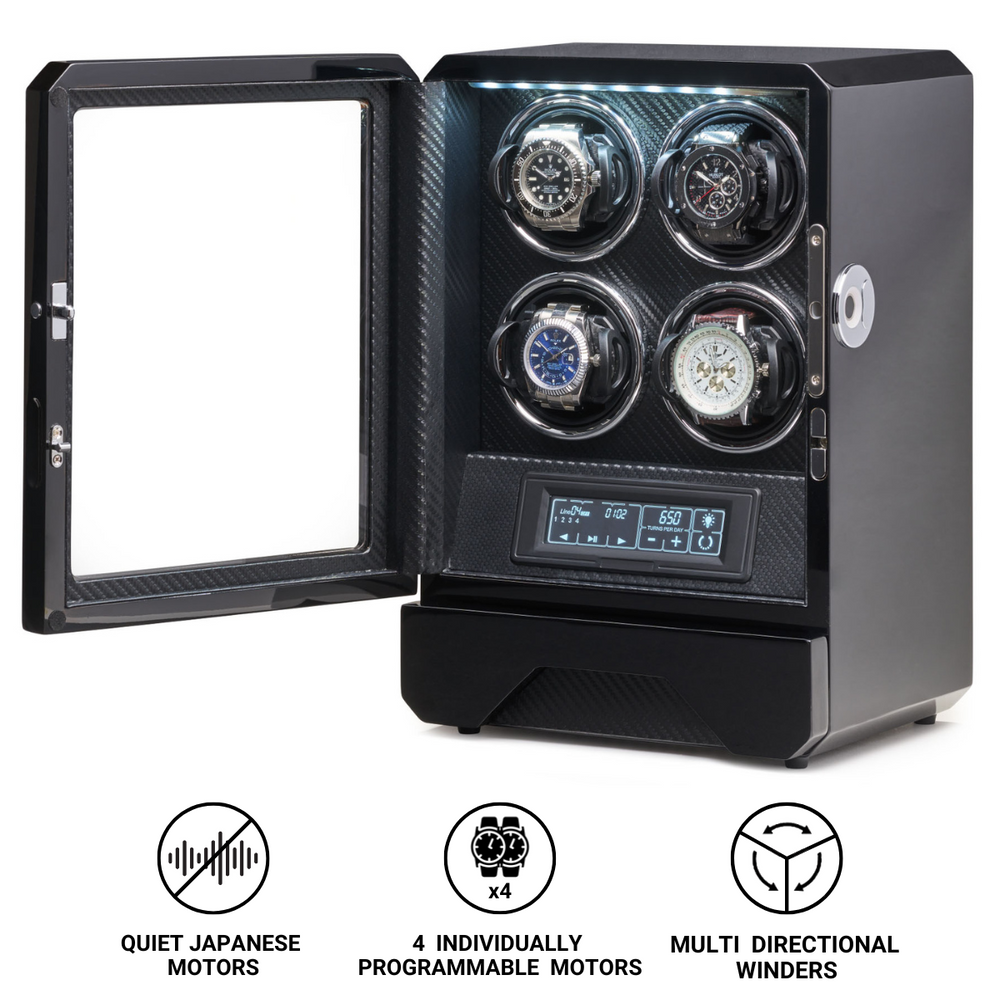What is Deadbeat Seconds?
The concept of the deadbeat seconds complication is one of the most intriguing paradoxes in horology. At first glance, it seems counterintuitive: a mechanical watch whose seconds hand moves in discrete one-second jumps, mimicking the behaviour of a quartz watch. Yet this phenomenon long predates the quartz revolution and represents a fascinating chapter in the evolution of mechanical timekeeping.
Known in French as “seconde morte,” meaning “dead seconds,” this complication transforms the smooth, sweeping motion typical of mechanical seconds hands into a precise, single tick every second. What makes it remarkable is that this effect is not electronic but achieved entirely through mechanical ingenuity. The deadbeat seconds function exemplifies the watchmaker’s quest for accuracy and clarity, bridging the gap between mechanical artistry and scientific precision.
The Origins of Deadbeat Seconds
The history of the deadbeat seconds complication dates back to the 17th century, long before the invention of wristwatches or quartz technology. Early horologists were deeply concerned with precision and the reliable measurement of time. As pendulum clocks became more accurate, watchmakers sought ways to display time in a way that reflected this precision.
The deadbeat seconds mechanism first appeared in high-precision pendulum clocks, particularly in regulator clocks used by observatories and scientists. In these instruments, the seconds hand advanced in clear, one-second intervals, allowing for accurate time readings and calibration. This behaviour was achieved using an escapement that released energy once per second, producing the characteristic “tick” motion.
By the 18th and 19th centuries, the same principle was adapted into pocket watches. These “seconde morte” watches were often created by master watchmakers such as George Graham, Jean-Moise Pouzait, and later, Breguet. They were prized for their precision and often used by astronomers, navigators, and scientists who required clear, measurable seconds for calculations.
When wristwatches emerged in the early 20th century, the deadbeat seconds complication remained rare, as it required additional components and energy within the movement. However, it continued to fascinate connoisseurs as a symbol of mechanical excellence and horological curiosity.
Understanding the Deadbeat Seconds Mechanism
In a standard mechanical watch, the seconds hand moves in a smooth, sweeping motion. This occurs because the escapement releases energy multiple times per second, depending on the balance frequency. For example, in a movement with a frequency of 4 hertz (28,800 vibrations per hour), the seconds hand moves eight times per second.
In contrast, the deadbeat seconds mechanism interrupts this smooth motion by adding a secondary system that controls the seconds hand separately from the primary escapement. The hand remains stationary until one full second has elapsed, then jumps forward in a single, precise step.
There are several ways to achieve this effect, but the most common involves an additional gear train and a locking mechanism connected to the escapement. Typically, a spring stores energy and releases it once per second, advancing the seconds hand by one increment. The result is a distinct “tick” motion that mirrors the behaviour of a quartz oscillator, though it is entirely mechanical.
This design presents unique challenges. The mechanism must be precisely calibrated to ensure that the seconds hand advances exactly once every second without jitter or delay. The extra components also increase energy consumption, requiring careful management of the movement’s power reserve. For this reason, the deadbeat seconds complication is often found in high-end watches that showcase exceptional engineering and finishing.
The Deadbeat Seconds in Historical Context
The popularity of the deadbeat seconds complication fluctuated throughout history. In the 18th and 19th centuries, it was primarily used in scientific and astronomical instruments where exact measurement of seconds was crucial. Pocket watches featuring this mechanism were considered tools of precision rather than luxury objects.
However, as the 20th century progressed, the sweeping seconds hand became a hallmark of mechanical watches. The introduction of quartz watches in the late 1960s, with their characteristic one-second ticking motion, inadvertently made the deadbeat seconds complication less desirable. Ironically, what was once a symbol of technical mastery now resembled the inexpensive quartz tick that many mechanical purists sought to avoid.
It was not until the late 20th and early 21st centuries that the deadbeat seconds experienced a revival. Collectors and watchmakers rediscovered its charm as a demonstration of mechanical ingenuity. The ability to replicate the precise motion of a quartz watch using purely mechanical means became a statement of craftsmanship and horological defiance.
The Technical Variations of Deadbeat Seconds
There are several distinct methods for implementing a deadbeat seconds mechanism, each with its own advantages and engineering philosophy.
-
Independent Deadbeat Seconds (True Seconde Morte)
In this design, the deadbeat seconds mechanism operates independently of the primary escapement. A secondary gear train, powered by a separate spring or auxiliary mechanism, drives the seconds hand. This allows the seconds indication to function with remarkable precision, without affecting the timekeeping of the main gear train. -
Indirect Deadbeat Seconds
In this variation, the deadbeat motion is derived directly from the main escapement using a remontoir or secondary wheel system. This method is more compact and energy-efficient but requires extremely fine tolerances to ensure accurate jumps. -
Hybrid or Remontoir-Based Designs
Some watchmakers incorporate a remontoir d’égalité, a constant-force mechanism that releases stored energy at regular intervals, into the deadbeat seconds function. This ensures uniform energy distribution and consistent ticking behaviour.
Regardless of the specific approach, the challenge lies in balancing the precision of the seconds jump with the reliability of the movement. Achieving this harmony requires advanced micro-engineering, making the complication rare and often reserved for high horology timepieces.
The Revival of Deadbeat Seconds in Modern Watchmaking
In the 21st century, the deadbeat seconds complication has experienced a renaissance among independent and luxury watchmakers who value its historical and technical significance. Far from being a gimmick, it is now seen as a celebration of mechanical mastery and an homage to the golden age of precision horology.
Brands such as Jaeger-LeCoultre, H. Moser & Cie., Grönefeld, F.P. Journe, and A. Lange & Söhne have each offered their interpretations of the complication. Jaeger-LeCoultre’s Geophysic True Second, introduced in 2014, stands out as a particularly elegant example, combining a deadbeat seconds display with a self-winding movement and a clean, modern design.
A. Lange & Söhne’s Richard Lange Jumping Seconds takes the concept to its highest expression, featuring a complex movement that includes both a constant-force escapement and a deadbeat seconds mechanism. The result is breathtaking precision, where the seconds hand jumps with perfect regularity while maintaining absolute accuracy in timekeeping.
Independent watchmakers have also embraced the complication as a way to demonstrate creativity and technical prowess. Grönefeld’s One Hertz, for example, isolates the deadbeat seconds function in a separate movement train, allowing it to operate independently of the main timekeeping system. This approach not only showcases engineering excellence but also offers a visual and tactile pleasure rarely found in modern watches.
The Aesthetic and Symbolic Appeal
The visual impact of the deadbeat seconds hand is unique. Unlike the fluid motion of a standard seconds hand, the single, deliberate tick each second creates a sense of rhythm and purpose. It evokes the precision of scientific instruments and the reassuring regularity of time itself.
For collectors and enthusiasts, the deadbeat seconds represents an intellectual appreciation of horology. It challenges preconceived notions about mechanical and quartz distinctions, blending the best of both worlds. Where quartz achieves precision through electronics, the deadbeat seconds achieves it through pure mechanical artifice.
The complication also offers an aesthetic purity that complements minimalist watch designs. The clean, distinct tick punctuates the passage of time, creating a hypnotic cadence that invites contemplation.
The Mechanical Philosophy Behind Deadbeat Seconds
Beyond its visual charm, the deadbeat seconds reflects deeper philosophical themes within watchmaking. It symbolises the perpetual tension between progress and tradition, between innovation and reverence for the past.
To make a mechanical watch tick once per second might seem unnecessary in an age of atomic clocks and digital precision, yet this very pursuit embodies the essence of fine watchmaking: to achieve perfection not through simplicity, but through complexity mastered.
In this sense, the deadbeat seconds stands as a reminder that horology is as much about emotion and artistry as it is about measurement. It captures the paradox of timekeeping: that the most advanced expressions of precision often serve to celebrate the imperfection of human craftsmanship.
Maintenance and Practical Considerations
Because the deadbeat seconds mechanism introduces additional gears and springs, it requires more frequent and careful servicing than standard movements. The precise tolerances necessary for its operation make it sensitive to wear, lubrication, and shock. Proper maintenance by a skilled watchmaker is essential to ensure that the seconds hand continues to jump accurately.
Power consumption is another consideration. The energy required to drive the seconds hand in discrete jumps can reduce the overall power reserve of the watch. For this reason, many watchmakers use high-efficiency escapements or twin-barrel systems to maintain performance.
Despite these challenges, advances in materials and engineering have made modern deadbeat seconds movements more robust and reliable than their historical counterparts.
Conclusion
The deadbeat seconds complication stands as one of the most fascinating achievements in horology. It transforms a simple visual effect into a profound expression of mechanical precision and craftsmanship. What began as a scientific tool centuries ago has evolved into a celebration of ingenuity and artistry, proving that mechanical watches can still surprise and inspire in an age dominated by electronics.
While quartz watches made the ticking seconds hand ubiquitous, the deadbeat seconds brings that familiar motion back to its mechanical roots. Each tick represents not only the passage of a second but also the mastery of centuries of watchmaking knowledge condensed into a single, deliberate motion.
In a world where smoothness often symbolises sophistication, the deadbeat seconds reminds us that there is beauty in rhythm, clarity in precision, and wonder in the heartbeat of a mechanical watch that ticks once every second.









